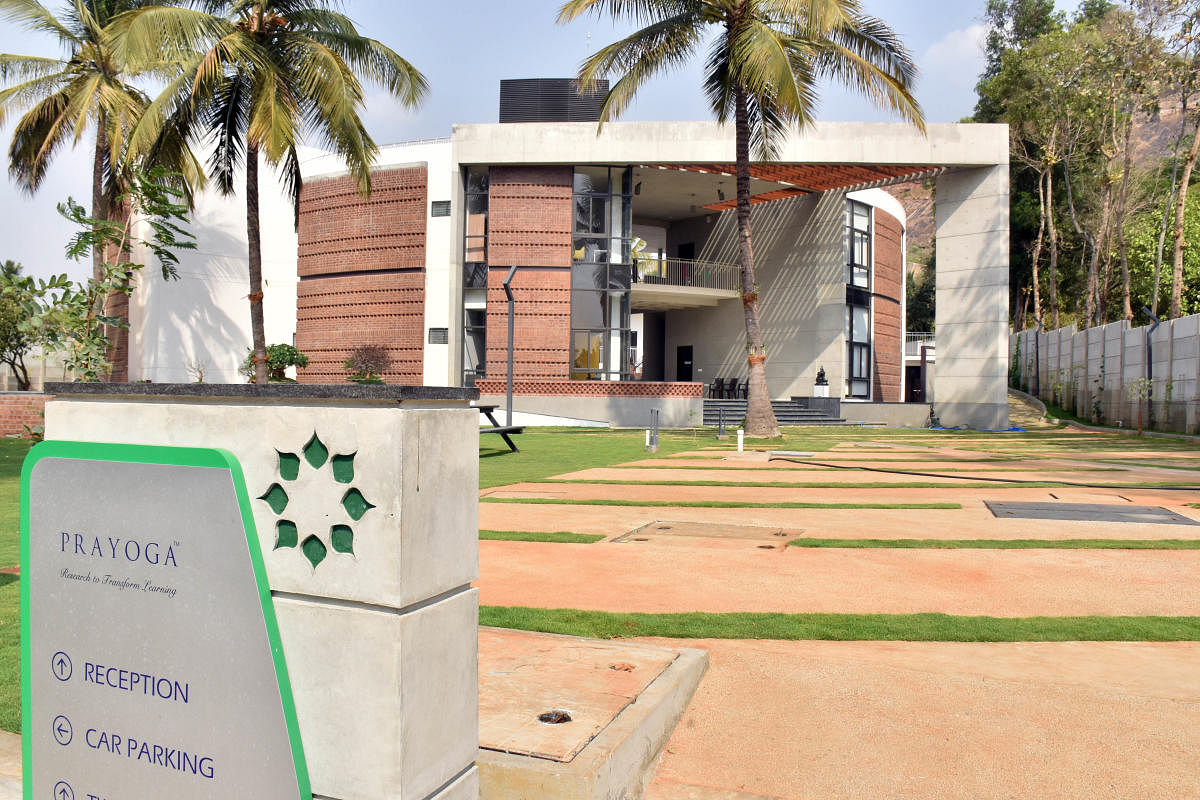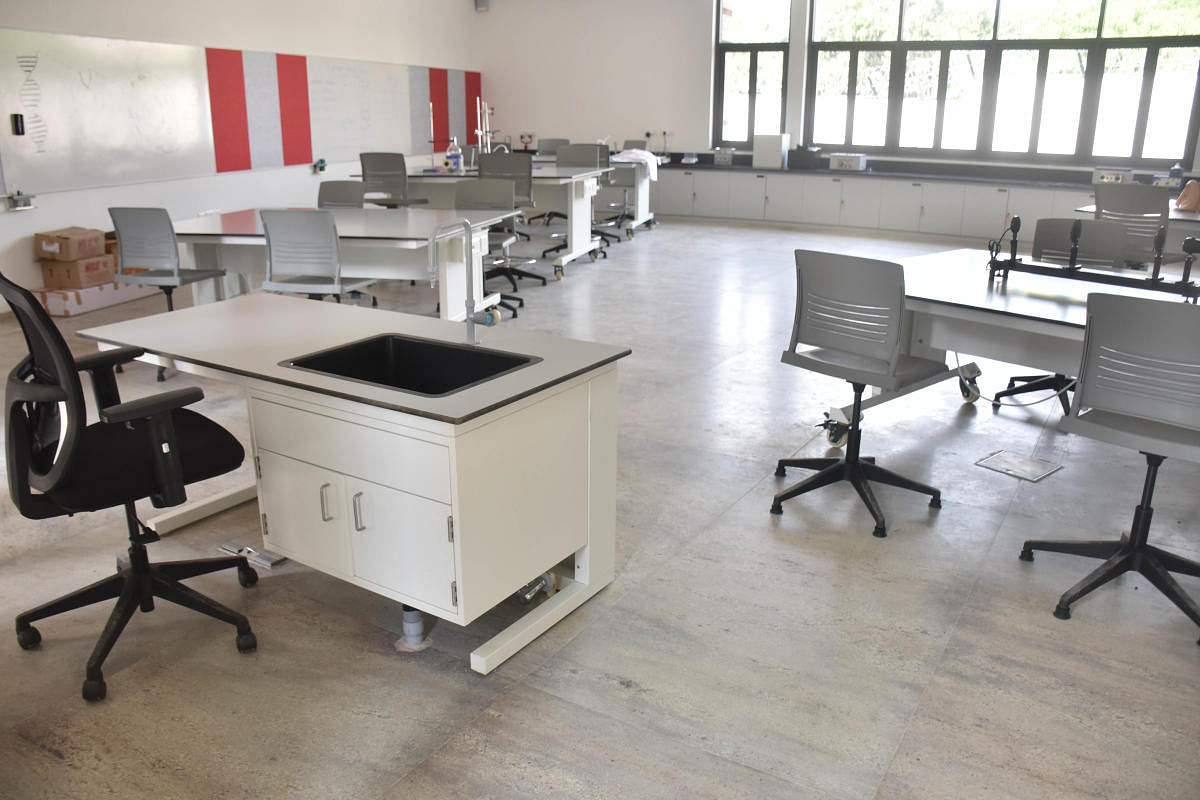

An organisation that hopes to change how science is taught at school is moving to a sprawling new campus on Saturday.
Prayoga Education Research Centre, a not-for-profit headed by educationist H S Nagaraja, had been working from a small space in Banashankari 3rd Stage. Its sprawling new campus, located on Kanakapura Road, is all set to be inaugurated by Chief Minister B S Yediyurappa.
“Our current teaching model allows no room for exploration and observation. Science learning must be led by curiosity,” says Nagaraja.
Prayoga partners with schools and gives them access to its labs and infrastructure and teaching methodology. The focus currently is on students of class 6 to 10.
In what Nagaraja describes as the beta testing stage, Prayoga is working with two schools. Teacher training is a key aspect of the mission. “We enter into multi-year agreements with schools, which slowly adopt our way of teaching. We even build infrastructure for schools,” says Rajeev Koyal, head of outreach and communication.
All the work is done for free, from access to labs to teacher training. Nagaraja compares the method to open source in software.
Prayoga has a team of researchers whose work is three-fold. They develop and redefine learning material, collect data from students’ work and interpret it, and finally publish their findings.
The centre hopes to help rural schools, tribal schools, and low-cost private schools. “We have to collect data from at least 20,000 students to lay claim to an alternative science teaching methodology,” says Rajeev.
Nagaraja says it may take up to 10 years to get results from the data collected at the centre.
What is the goal?
The National Education Policy lays emphasis on experiential learning. The centre wants to look at whether such learning makes a ‘measurable’ difference and how one can adapt it to the Indian context.
Nagaraja believes the effort will create a new generation of children more in tune with science to solve the problems they see around them. The centre aims to do enough research to influence policy.
The primary goal, Nagaraja says, is to allow students to experience the joy of discovery.
“At a session, we made children work through various phases. What they put together at the end were the three laws of Newton. They were jumping with joy saying they had discovered Newton’s laws,” he told Metrolife.
When a school is doing anything outside of the textbook, parents are worried and anxious. But once they learn the methods yield good marks, they calm down, says Rajeev.
Anveshana project
Prayoga also has a project to encourage students with an interest and aptitude in research. They work alongside the centre’s researchers to write research papers.
Building profile
The new centre is spread over 1.5 acres. The 25,000 sq ft building is designed according to Fibonacci numbers. It is a green building. They also have a nursery in an adjoining space where children are encouraged to grow their own gardens.
The building is centred around an amphitheatre. Its four learning spaces are equipped with the latest technology and can accommodate up to 100 students in total.
The teacher development centre can house up to 40 teachers.
Funding
The centre is run on donations from foundations, corporate houses and individuals. The new building has come up with donations from the trustees. The centre plans to apply for government grants.
Common labs
All labs are treated as learning spaces for all sciences, as the centre believes "no separation exists in real life."
Opening
The new campus of Prayoga Institute of Education Research will be inaugurated by Chief Minister B S Yediyurappa on April 10, 4 pm. The event will be live streamed at youtube.com/prayogaresearch.